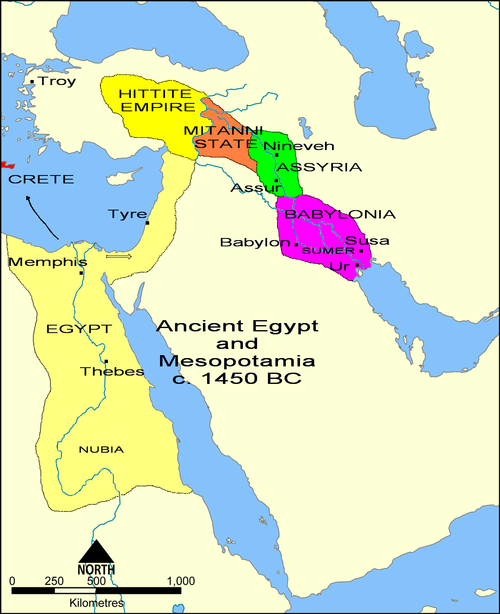The 1450s BC: A Decade of Significant Events
The decade of the 1450s BC spanned from January 1, 1459 BC to December 31, 1450 BC.
Key Events and Trends
One of the most notable occurrences during this period was the Battle of Megiddo, which took place in the 15th century BC. This conflict was fought between Thutmose III and a coalition led by the King of Kadesh. The Battle of Megiddo is recognized as the first battle documented with a level of detail that is considered relatively reliable by historians. The battle occurred on the 20th (or potentially the 21st) day of the month of I Shemsu in year 23 of Thutmose III’s reign. The exact date of the battle is debated among scholars, with estimates of Thutmose’s ascension to the throne ranging from 1479 to 1504 BCE. If we accept the 1479 BCE estimate, the battle likely took place in May 1457 BCE.
In 1451 BCE, according to the chronology of James Ussher, this marks the entry of the Israelites into the Promised Land.
Around 1450 BCE, the Mycenaeans launched an attack on Crete, resulting in the capture and destruction of several royal palaces, including the notable palace of Knossos.
The period from approximately 1450–1300 BCE witnessed the end of the Minoan Second Palace era, leading to the emergence of the Late Minoan or Final Palace culture.

